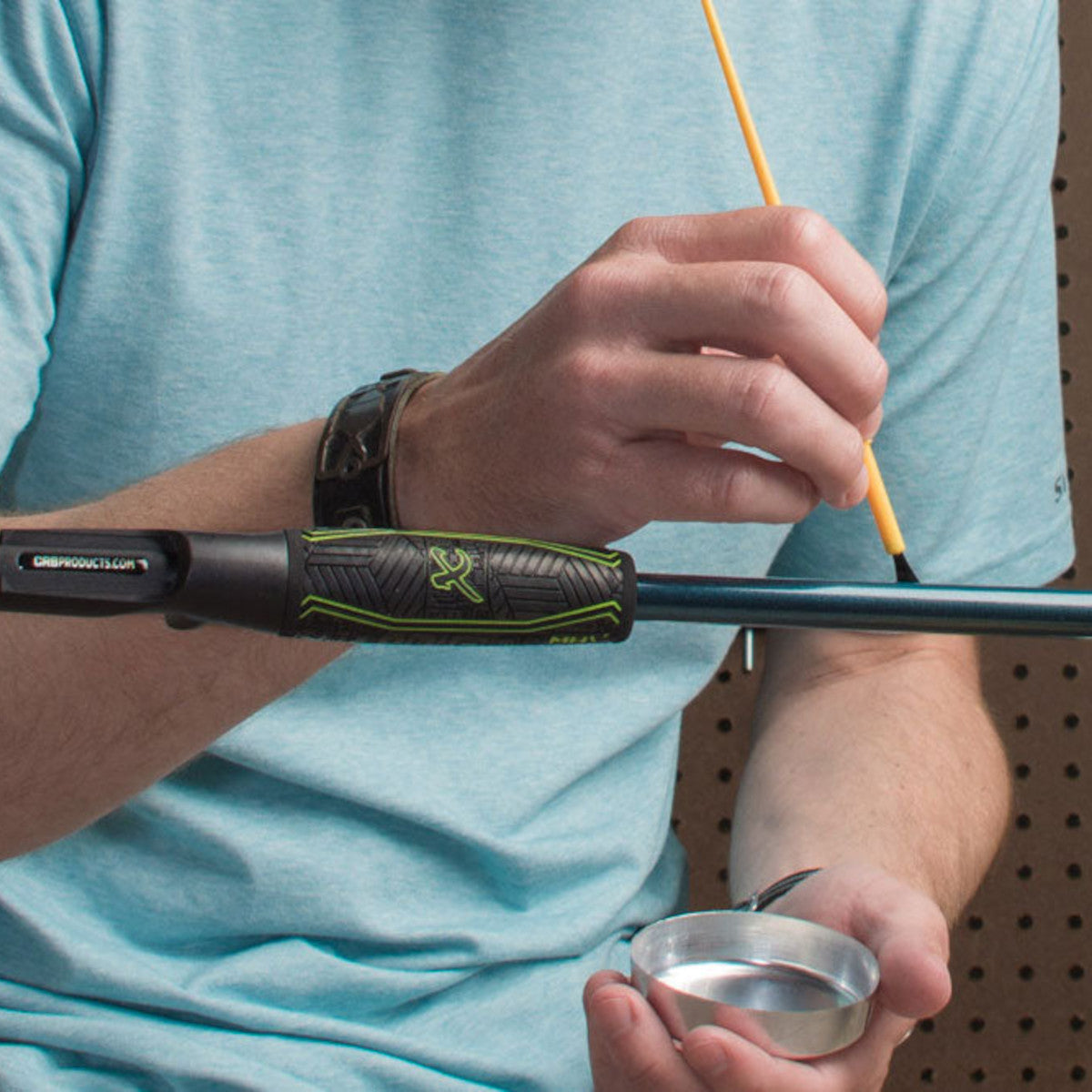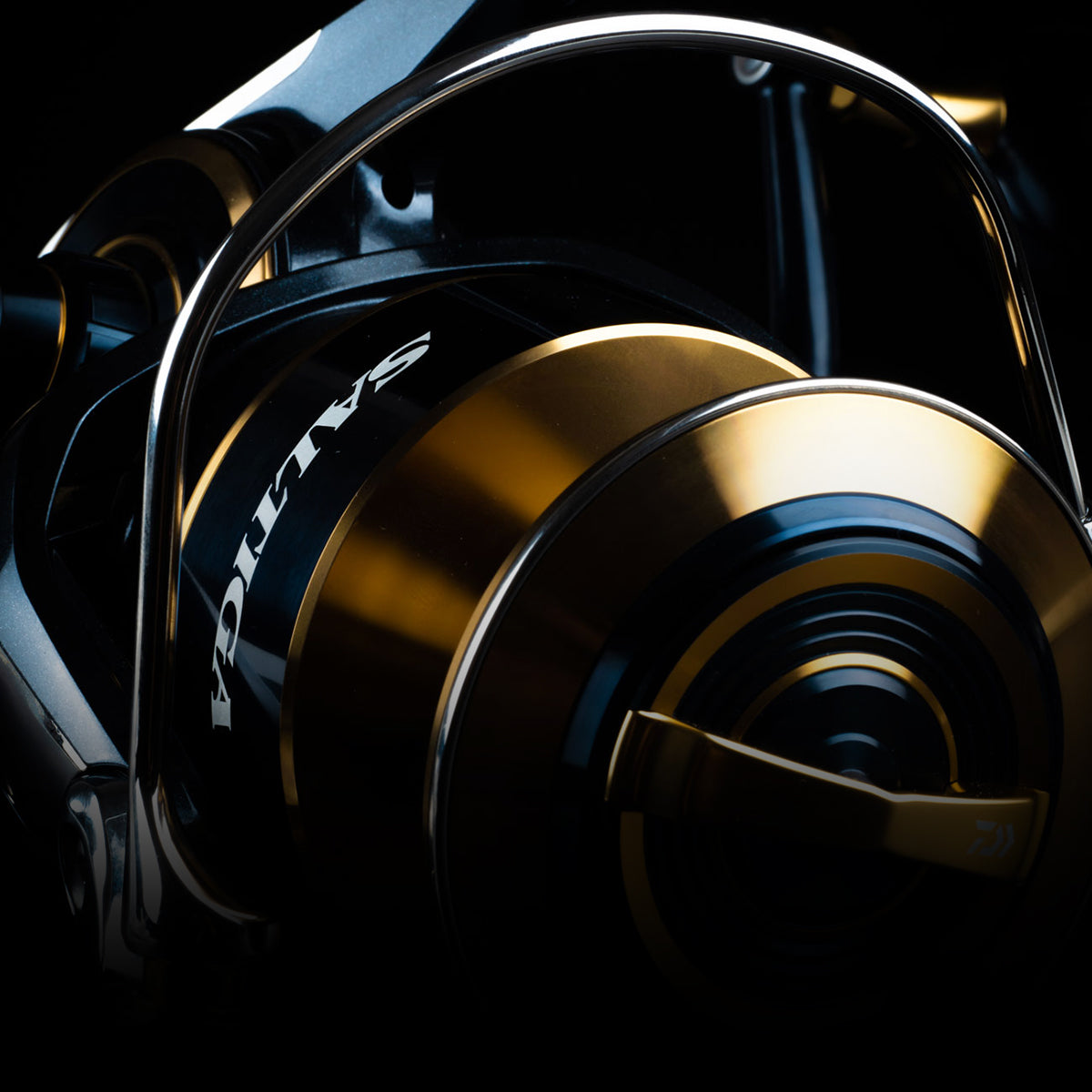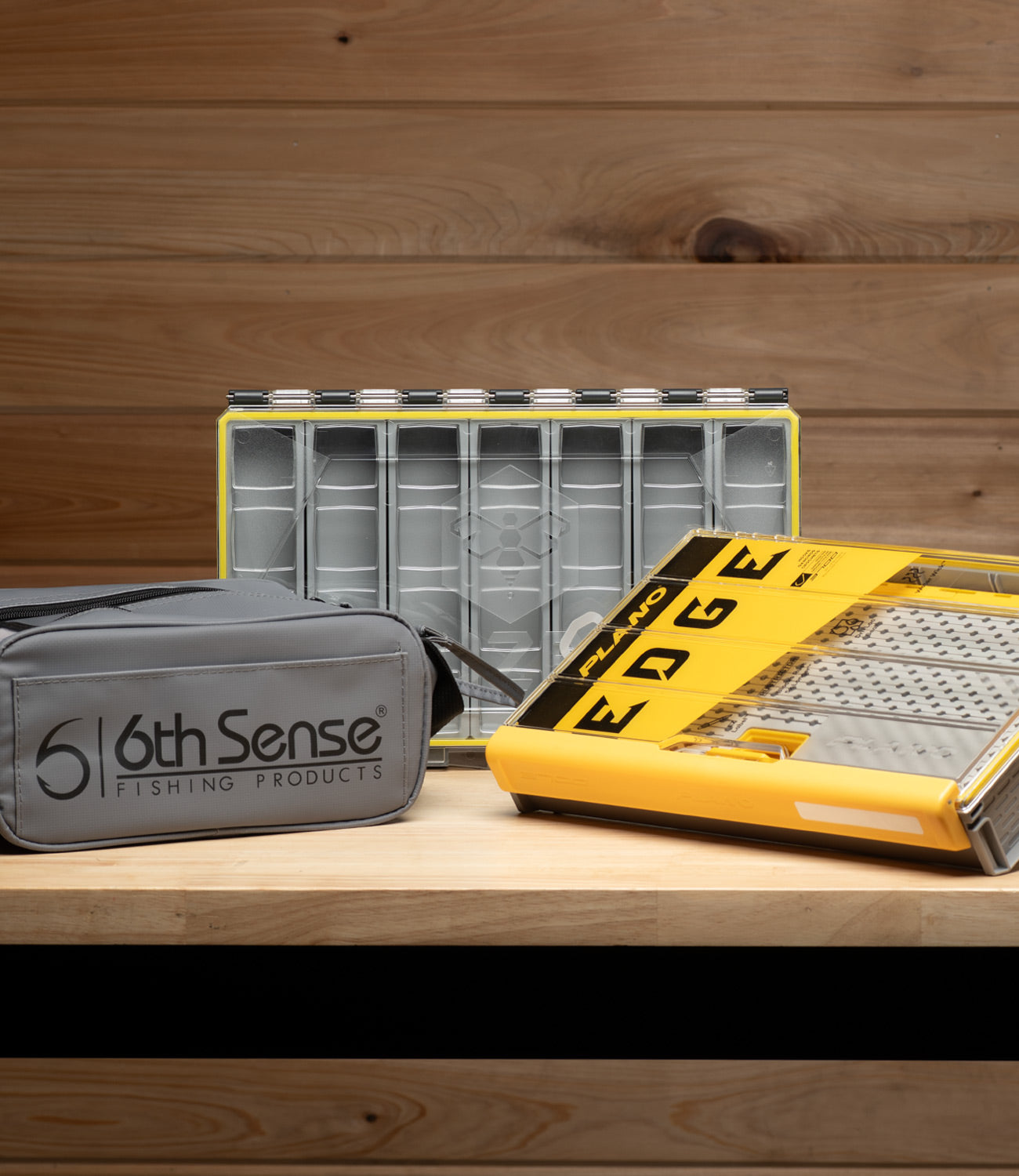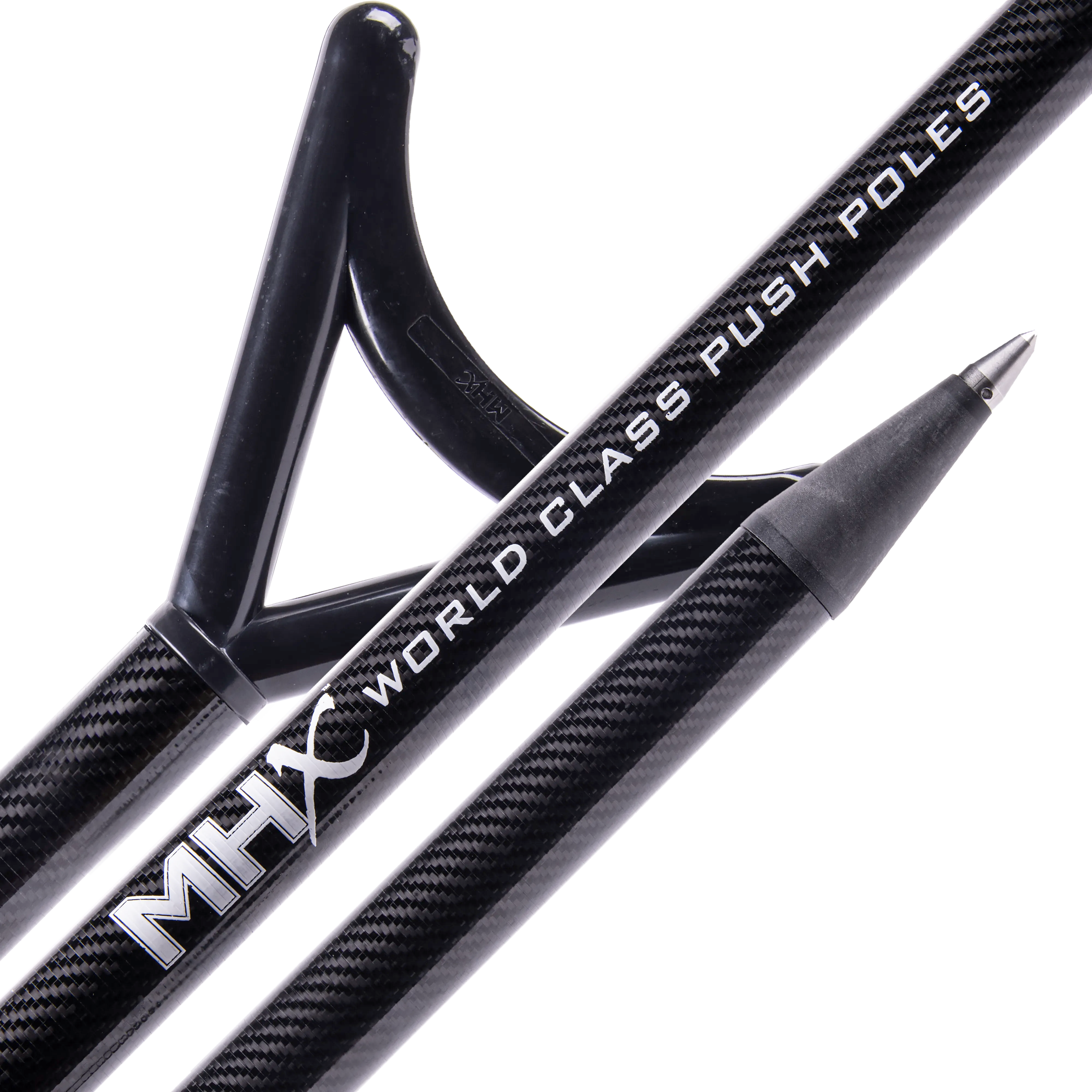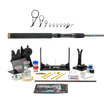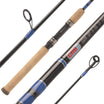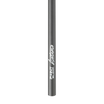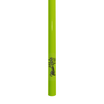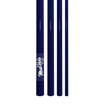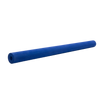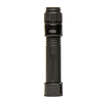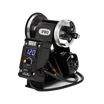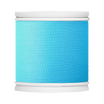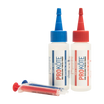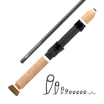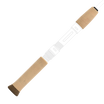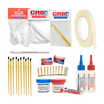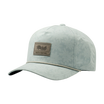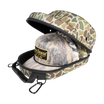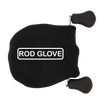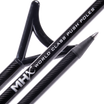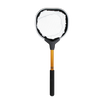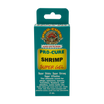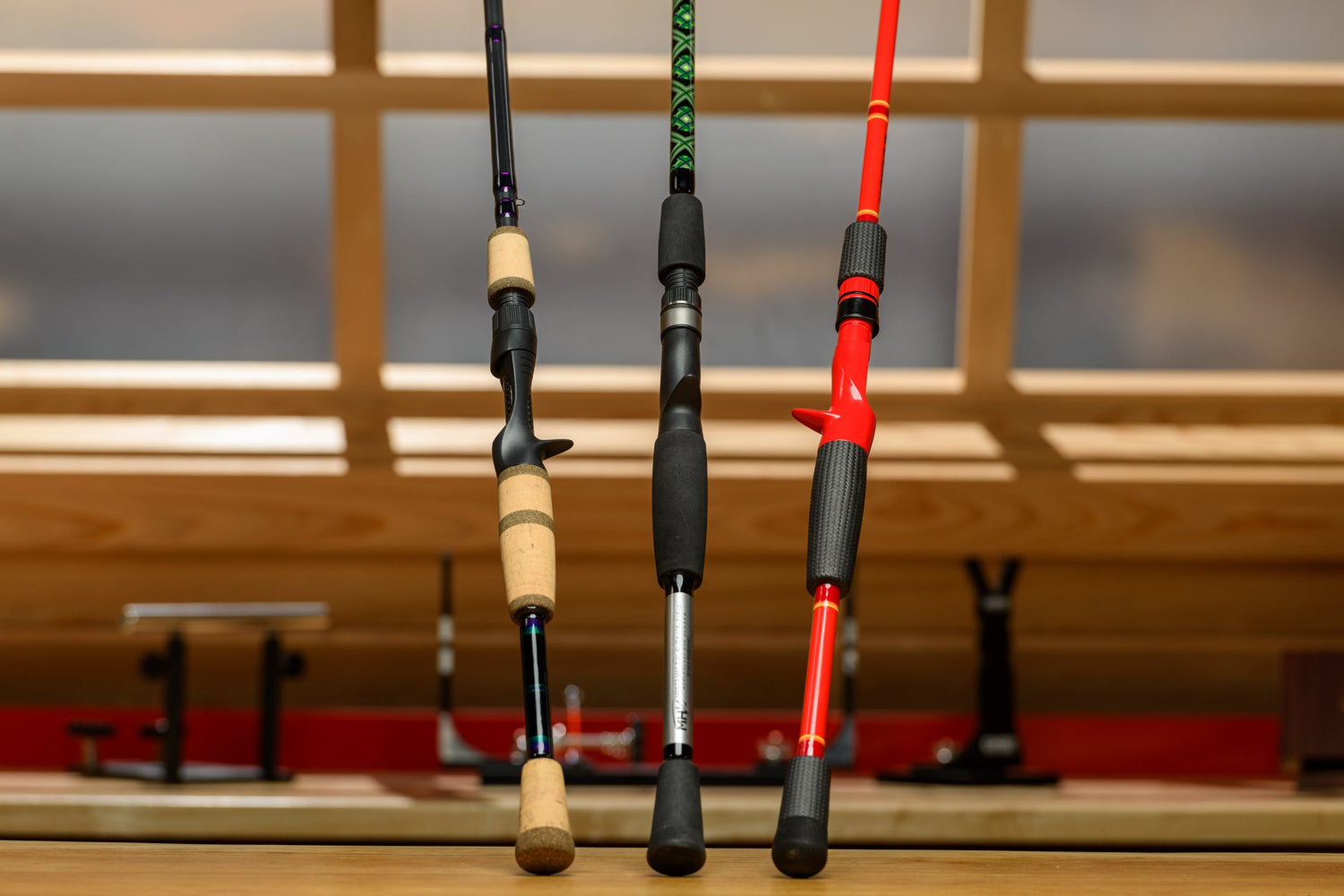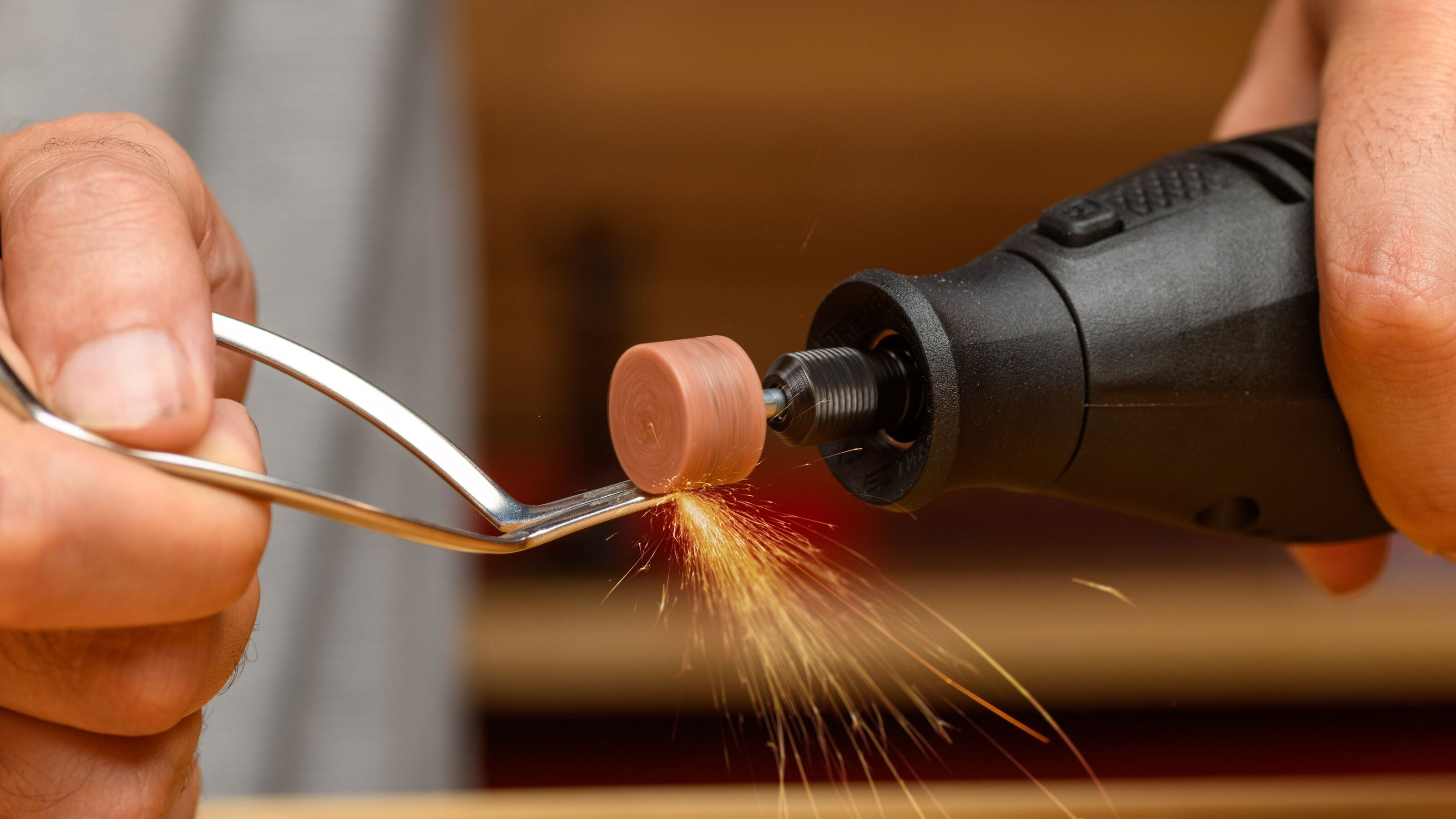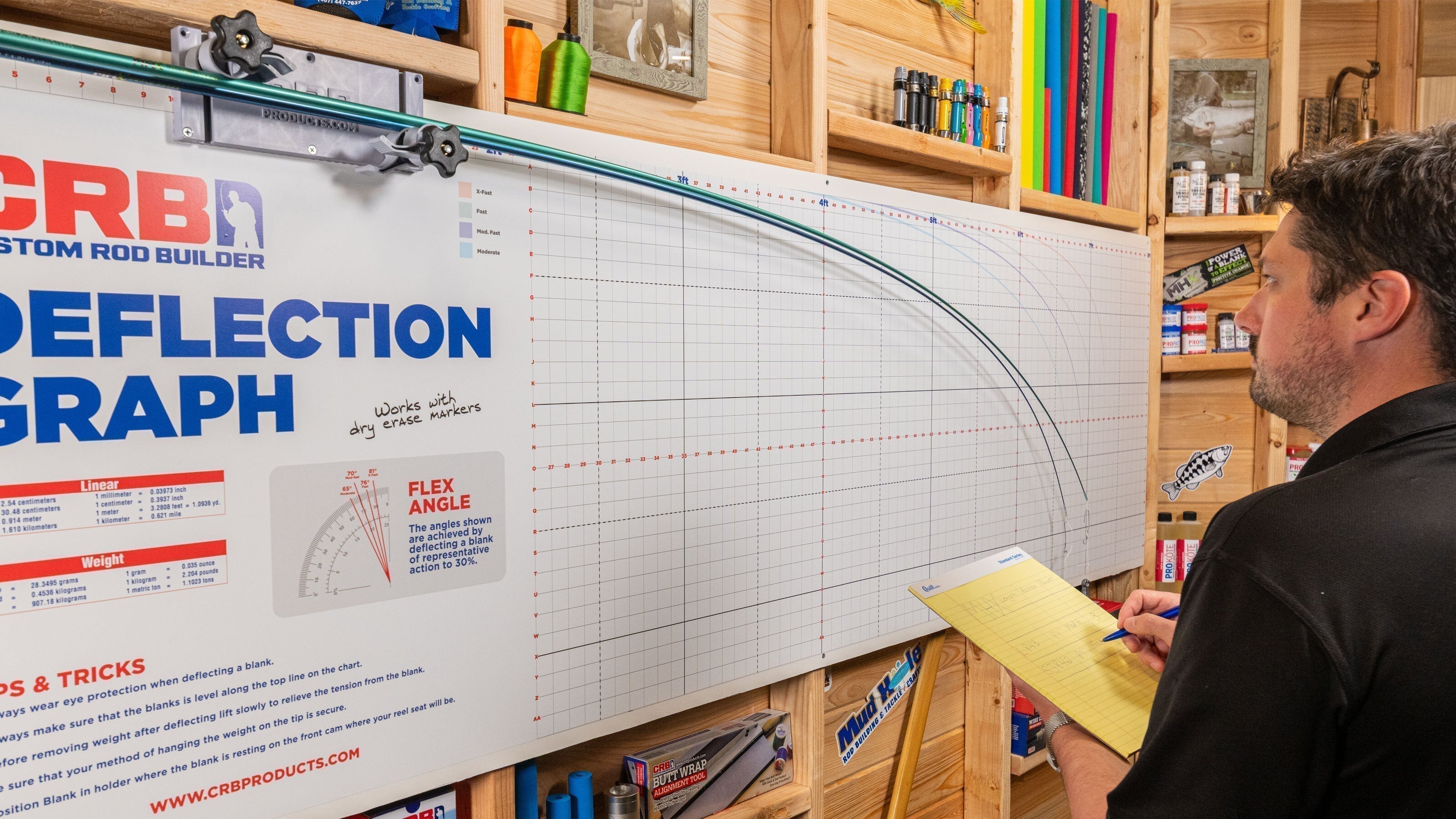When it comes to building a custom fishing rod, one of the most debated decisions among anglers and builders alike is the choice of grip material. The three most common options you will see are EVA foam, cork, and carbon fiber. These all offer unique advantages and disadvantages, and the “best” choice often depends on personal preference, fishing style, and budget.
Each material plays a significant role in not only how the rod performs, but also how it feels in your hand, how it looks on the finished build, and how long it lasts under different conditions.
EVA Foam Grips
EVA foam is often the first choice for beginners and budget-conscious builders, and for good reason. It’s affordable, durable, and easy to work with. EVA is resistant to weather, UV exposure, and general wear and tear, making it ideal for freshwater or saltwater and even heavy-duty applications where the rod might be exposed to harsh environments. EVA has come a long way over the years. I often say, this isn't you dad's or now, your grandfather's EVA.

Back in the day the EVA was softer, it held water and would even stain your hands as it got old. The EVA foam of the 21st century had a much higher durometer rating which means it take more force to compress the material.
In contrast to cork and carbon fiber it offers softer, more cushioned feel in the hand, which can be a plus during long days on the water. However, some anglers will say EVA lacks the natural sensitivity of cork and doesn’t offer the same high-end aesthetic. I think in this day and age there are plenty of very high end rods being made with EVA so that myth can be thrown out but I will hear the sensitivity comment fairly regularly. I don't buy it. If we are discussing a casting rod with EVA grips, I bet only about 10% of my hand even touches the grips while fishing. Plus, the part of my hand that touches the grip is the bottom corner of the heel of my hand, which is has very little sensitivity in the first place.

If I has to list any negatives in EVA grip, over time it can compress if left under constant pressure of rod holders or another object against the grip. It would be something that would be more of a nuisance than anything, unless it was to take a chunk out of the foam. The upside is EVA can be replaced pretty easily.

Is there ever a time where EVA is the only grip you should use? I feel when building a slow pitch jigging rod, EVA is THE choice. The slow pitch rods flex very deep into the handle and actually enough to break cork. We even reccommend not using a metal reel seat to try and avoid breaking your rod due to the lack of flex in the seat.
Cork Grips
Cork is often touted a classic grip material known for its lightweight feel, natural warmth, and excellent sensitivity. It is the khaki pants of rod grips. Looks good with anything and will never go out of style. Many anglers favor cork for its traditional look and the way it transmits vibrations from the blank, helping detect subtle bites. High-quality cork, especially flor-grade, is smooth, comfortable, and adds a refined appearance to any build.

Although you typically see most of the cork on fly rods or inshore saltwater, it is for everything. Well, not really slow pitch jigging but I mentioned that above. It is excellent however for rods you want to have a classic look or you need something that is a hard grip, like for ice fishing. Cork really does not get hot or cold and it can withstand the heat of summer or the frigid winter weather.
Can you tell I like cork as a grip material? Well, there might be a few qualities that could be considered a weak spot in its armor. Some I agree with and some I consider a myth.
Sometimes you hear that cork is a fragile material when compared to other options. Yes, it can chip or have pitting, and more susceptible general wear over time but the negatives sometime get blown out of proportion. Often times when you see cork chipping or pitting, it isn't the cork, it is cheap cork filler that manufactures apply to the cork to make it look nicer than it is.

Yes, it also tends to be more expensive, and buying high grade cork is hard to buy just from a photo. Despite these drawbacks, many builders and fly anglers continue to prefer cork for its feel and connection to the blank.
As a side note, you can apply cork seal to the handle before you fish it but I tend to wear the dirty cork as a badge of honor and let the adventures and fish caught season the handle. If at any point you feel the cork is too dirty or looks old, with a quick cleaning or even a turn on your RBS Pro Power Wrapper, you can make it look and feel new again.
Carbon Fiber Grips
Then there’s carbon fiber, the most modern and performance-driven of the three materials. Known for its sleek, minimalist look and ultra-light weight, carbon fiber grips appeal to anglers who prioritize sensitivity and performance above all else. Carbon grips transmit vibration extremely well, giving the angler enhanced feedback and control, especially when finesse fishing. They’re also incredibly strong and resistant to environmental wear.

At first the carbon options were just simply a tube that looked like a full length cork or EVA grip, but with advances in molds and companies like CFX Grips and with American Tackle bringing the blow molding process to fishing handles we are making entire handle systems with the reel included in a one-piece ultra light configuration, the Tsuka 2.

Carbon has been taking the industry by storm in the last few years. It first it was just showing up in the freshwater bass world, then as the shape options grew it was being fitted to reel seats in all applications, even unique reel seats like the Fuji VSS.

Could there be any downsides to carbon? At times we hear they can feel slick when wet unless textured, and they don’t offer the same “cushioned” comfort as EVA. In cold weather, carbon fiber can also feel harsh on the hands although it does incredibly well in ice rod configurations. Additionally, carbon grips often come at a premium price point, which can be a consideration for budget-minded builders. I will say, in terms of carbon grips you do get what you pay for and I do not believe I have ever heard of one needing to be replaced. So, if you fish a lot, the carbon just might be worth the money. Buy once, cry once and you will not be spending any additional money down the rod to replace them.
Ultimately, the debate between EVA, cork, and carbon fiber comes down to the type of fishing you do, your personal preferences, and the performance characteristics you value most. There’s no one-size-fits-all answer but I hope this provides a little information to help you choose the right material for the rod you want to build.


